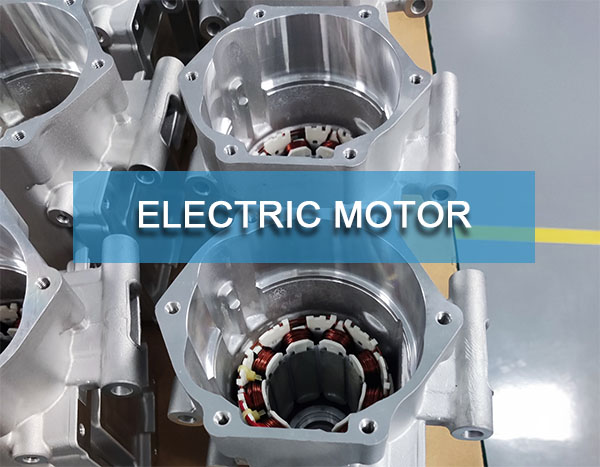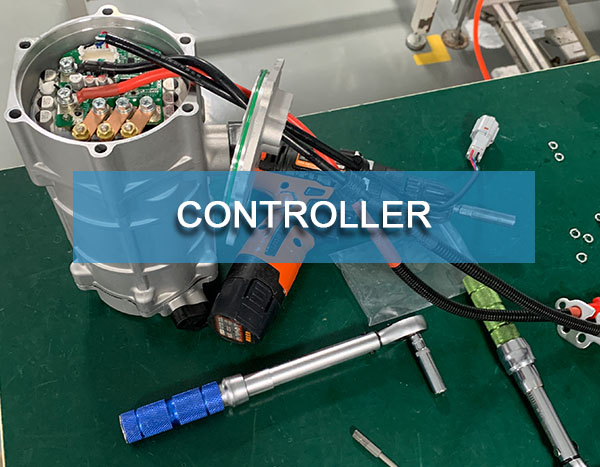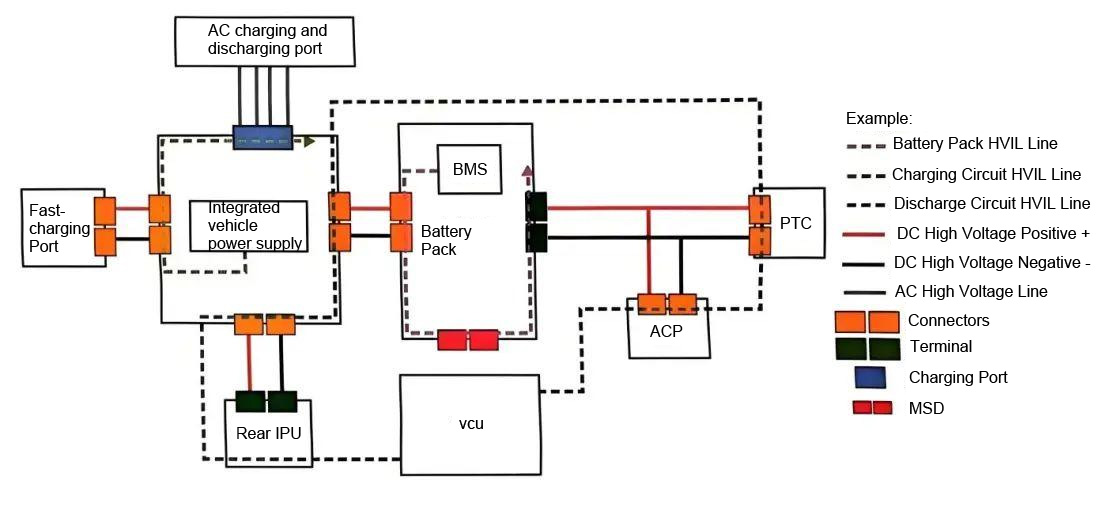With the increasing demand for long-range and ultra-fast charging capabilities in new energy vehicles (NEVs), the high-voltage architecture of the vehicle is rapidly evolving from 400V systems to 800V or even higher. Any insulation failure, short circuit, or leakage in high-voltage circuits can pose serious risks to the safety of drivers and passengers. As one of the key high-voltage components in vehicle thermal management, improving the high-voltage electrical safety performance of electric compressors is of utmost importance.
1. High Voltage Safety Design Objectives for NEV Components
High Voltage Protection: Compliance with high-voltage safety standards for electric vehicles such as GB/T 18384 and ISO 6469.
Functional Safety: Redundant design, fault diagnosis, and fast response mechanisms to prevent electric shock, short circuits, overvoltage, and overcurrent risks.
Environmental Adaptability: Reliable performance under harsh conditions including high temperature, vibration, and humidity.
Electromagnetic Compatibility (EMC): Suppression of electromagnetic interference to avoid affecting other vehicle systems.
2. Key High Voltage Safety Challenges of Electric Compressors
Issues such as insulation breakdown and leakage current can lead to high-voltage power loss in the vehicle, operational failure, and safety hazards for personnel.
2.1 Causes of Insulation Issues
Insulation resistance, the basic indicator of electrical insulation, is primarily impacted by the design and materials of the compressor controller and the motor.
2.2 Causes of Controller Insulation Issues
◆ Creepage Distance and Clearance: Poor PCB design may result in insufficient electrical clearance or creepage paths.
◆ Waterproofing and Sealing: Includes connector waterproof ratings, installation position, controller sealing, and condensation protection.
3. Solutions for Controller Insulation Issues
3.1 Design of Clearance and Creepage Distance
Following GB/T 16935.1 standards:
Clearance: ≥3.5mm (for DC 400V systems), ≥5.0mm (for DC 800V systems)
Creepage distance: ≥8mm (Pollution Degree II, Material Group IIIa)
3.2 Waterproof and Sealing Design
Waterproof failures are one of the primary causes of insulation issues in controllers, especially in commercial vehicles and construction machinery applications.
High/low voltage connectors: IP68 & IP6K9K protection
Connector installation: Side-exit or 90° downward orientation
Condensation protection: The glass-sealed metal terminals connecting the controller and motor experience condensation due to temperature differences between the suction side (cold) and controller side (warm), leading to temporary insulation degradation.
Potting the controller: Full potting improves insulation, thermal conductivity, and vibration resistance.
Sealant selection: Must consider high temperature resistance, vibration tolerance, and chemical stability. Choose materials based on application conditions (temperature range, precision, curing process, etc.).
4. Solutions for Motor Insulation Issues
◆ Magnet Wire Selection: Choose wires with excellent thermal resistance, chemical resistance, high mechanical strength, and corona resistance.
◆ Winding Tension Control: Maintain controlled winding tension to prevent enamel layer damage.
◆ Varnishing Process: Apply varnish evenly across the stator to enhance insulation.
◆ Stator Coil Protection: Dual-layer insulation structure with end cap protection.
◆ Terminal Sealing: Use nitrile rubber seals at the three-phase terminals to prevent refrigerant or oil contact with exposed metal.
5. Causes of Leakage Issues
◆ Inadequate insulation
◆ Lack of
high-voltage interlock (HVIL) and touch protection
◆ Discharge system failure
◆ Improper grounding of the housing
6. Solutions to Leakage Problems
6.1 High-Voltage Interlock (HVIL) and Touch Protection
High-voltage connectors should include insulation shields or protective enclosures and incorporate HVIL features to prevent accidental contact.
6.2 Active and Passive Discharge
Controllers must include discharge circuits per GB/T 18488.1:
Post-power-off, capacitor voltage must drop below 60Vdc within the specified time.
Total energy on the high-voltage bus must be <0.2 Joules.
Energy stored in Y-capacitors must be <0.2 Joules.
Common discharge methods:
◆ Motor Winding Discharge: Fast discharge using D-axis current with zero Q-axis.
◆ Resistive Discharge Loop: Safe and simple.
◆ Bridge Arm Direct Discharge: Low cost and fast, but high instantaneous current.
6.3 Housing Grounding
The compressor housing should have a reserved ground point. For hybrid or range-extended vehicles, grounding via engine mounting may suffice. For pure electric vehicles or those using vibration isolators, dedicated grounding is essential.
6.4 Key Insulation Design Points for High Voltage Platforms
◆ Material Selection: Use materials with excellent insulation, thermal resistance, corrosion resistance, and mechanical strength to withstand harsh vehicle conditions.
◆ Creepage and Clearance: Increase distance according to higher voltage requirements, referencing standards such as IEC 60664-1.
◆ Partial Discharge Control: Improve insulation structure, use anti-discharge materials, and implement real-time monitoring.
◆ Thermal Management: Optimize heat dissipation to prevent insulation aging or degradation due to high temperatures.
By integrating multilayer safety strategies (insulation, leakage prevention, overvoltage/current protection, temperature control), redundancy, fault diagnostics, and EMC design, the
electric scroll compressor system can maintain high safety performance. Further enhancements may include intelligent monitoring (e.g., AI-based fault prediction) and the use of advanced materials such as SiC devices to increase efficiency and reliability.
As the development of NEV technology accelerates,
electric compressors play an increasingly critical role in vehicle thermal management. Given their structural complexity and operational environment, improving the high-voltage electrical safety of electric compressors requires holistic efforts across materials, vehicle architecture, motor design, controller design, and manufacturing processes. Close collaboration between OEMs and suppliers is essential to advance safety, reliability, and innovation in the electric compressor field.




